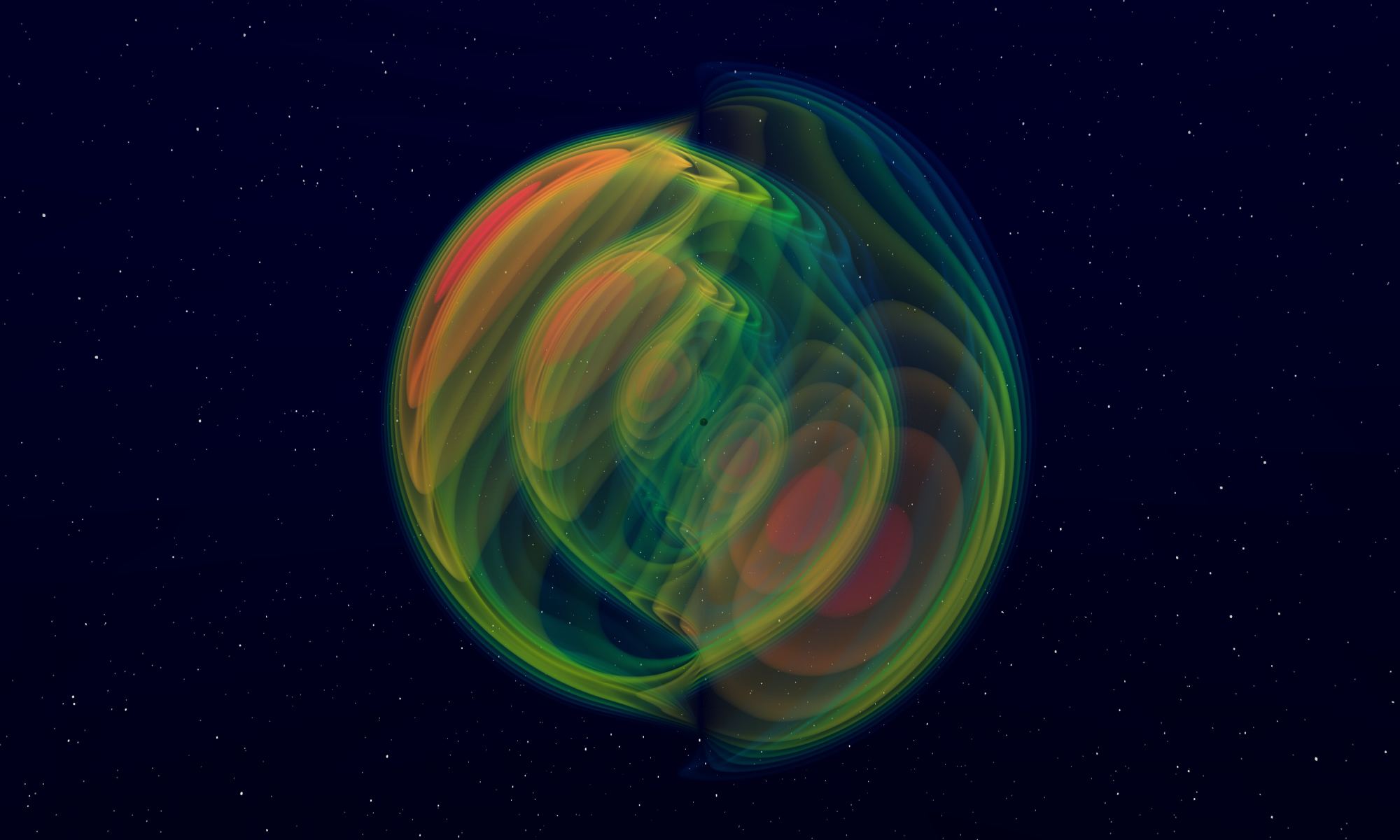Gravitational-wave detectors have been a part of astronomy for several years now, and they’ve given us a wealth of information about black holes and what happens when they merge. Gravitational-wave astronomy is still in its infancy, and we are still very limited in the type of gravitational waves we can observe. But that could change soon.
Current gravitational wave observatories are sensitive to the mergers stellar-mass black holes. We’ve observed a few mergers involving neutron stars, but most have been between black holes on the order of tens of solar masses. We can’t yet observe the gravitational waves of supermassive black holes in other galaxies, nor can we observe those of planet-sized worlds. Proposed detectors such as eLISA will allow us to observe the former, but it will take a novel new idea to detect the latter.

The problem with observing gravitational waves from planet-mass bodies is that they are both very faint and very high frequency. Our current designs that use laser interferometry make these waves difficult to observe. The gravitational waves we can observe are already so faint that they are barely above the level of background noise. But recently a team has proposed a gravitational wave detector using resonance rather than lasers.
The idea of using resonance to detect gravitational waves isn’t new. Back in the 1960s Joseph Weber tried detecting them using a large aluminum cylinder. As gravitational waves passed through the cylinder their squeezing and pulling would cause the cylinder to ring at a particular frequency. Weber hoped that the ringing caused by gravitational waves would be stronger than those caused by background noise and heat. But Weber’s experiment failed, which led astronomers to pursue other methods such as the laser interferometry method we use now.

This new design takes a similar approach to Weber but leverages modern technology. One of the limitations of Weber’s design was that he had to use piezoelectric sensors to measure the vibration of the cylinder, which limited the sensitivity of his experiment. So instead the team proposes using a hollow cylinder placed in a strong magnetic field. As gravitational waves pass through the cylinder, they should induce electromagnetic waves in the cylinder, which we could detect. Based on their design, the team thinks they should be able to detect very faint gravitational waves.
Perhaps the most interesting aspect of the idea is that the detector would be sensitive to high-frequency gravitational waves, such as those that would be produced by merging primordial black holes. Primordial black holes are hypothetical objects about the size of a tennis ball that would have been formed in the earliest moments of the universe. If they exist, they might explain things such as dark matter. And this new detector would be perfect for finding them.
Overall this new design is a bit speculative, and it’s still just in the design stage. The team will have to build one to see if it works, and it remains to be seen whether they will be able to distinguish between the signal and the noise. But if they succeed it could tell us about black holes, dark matter, and beyond.
Reference: Herman, Nicolas, et al. “Detecting Planetary-mass Primordial Black Holes with Resonant Electromagnetic Gravitational Wave Detectors.” arXiv preprint arXiv:2012.12189 (2020).


I’m really worried that hypervelocity mini black holes exist and am very interested in if there would be any way to detect them.
I don’t want to be the world on which an intelligent species reached the threshold of being this Universe aware itself, only to be destroyed by a hypervelocity black hole.